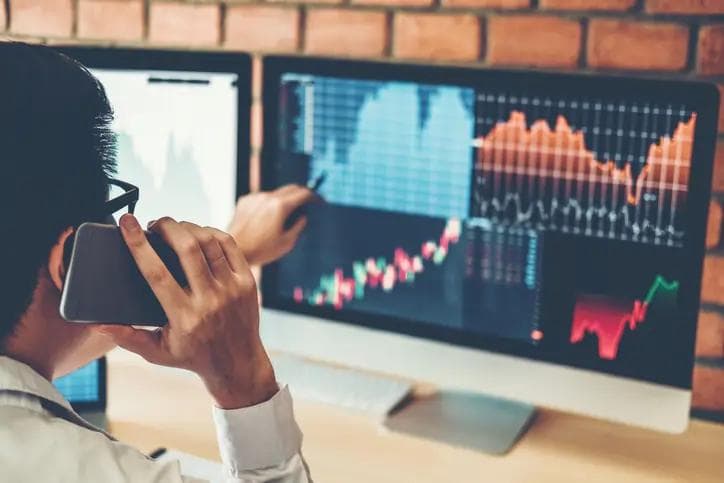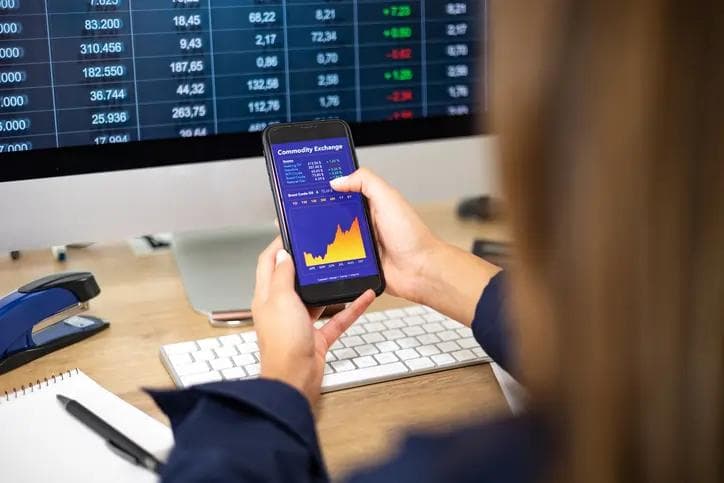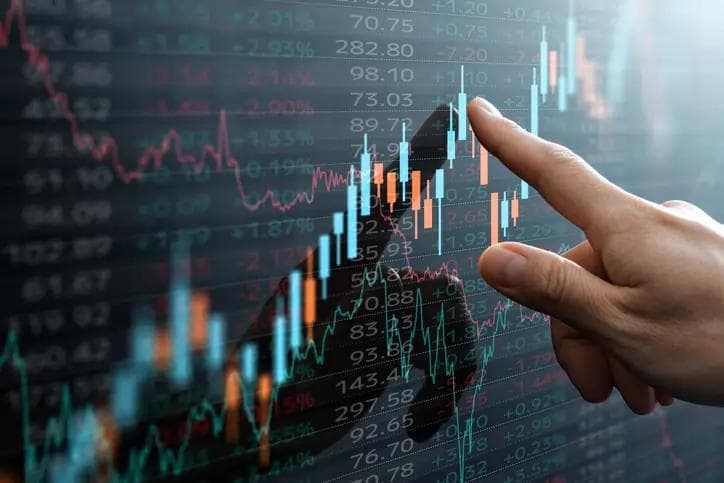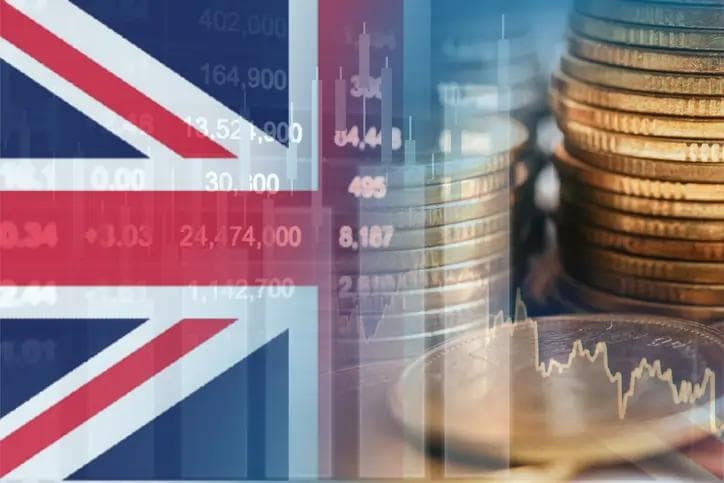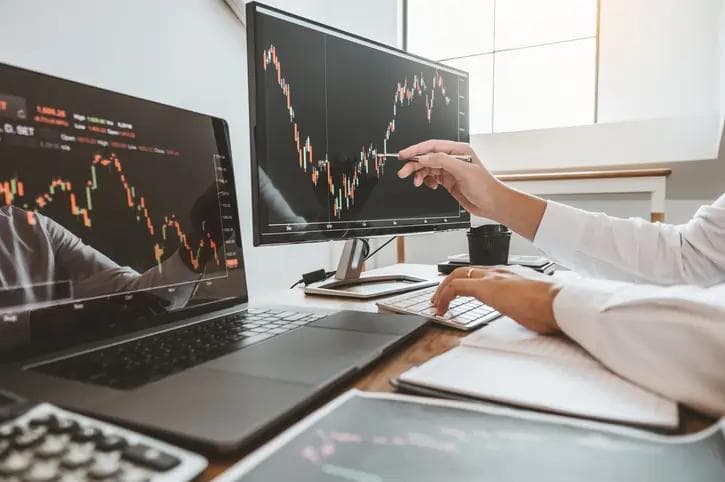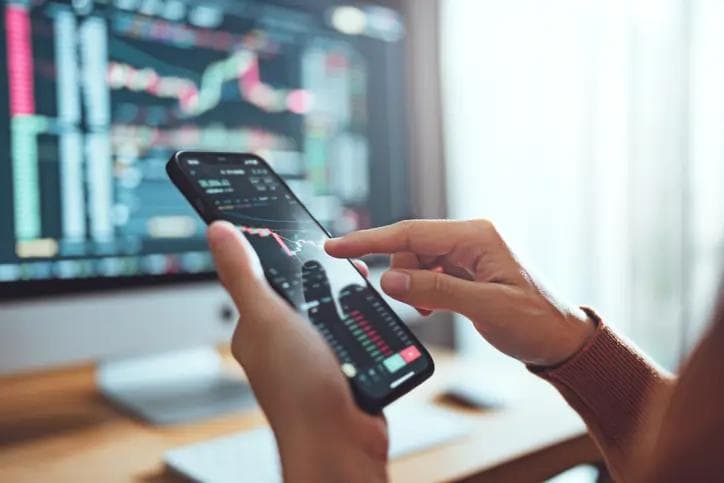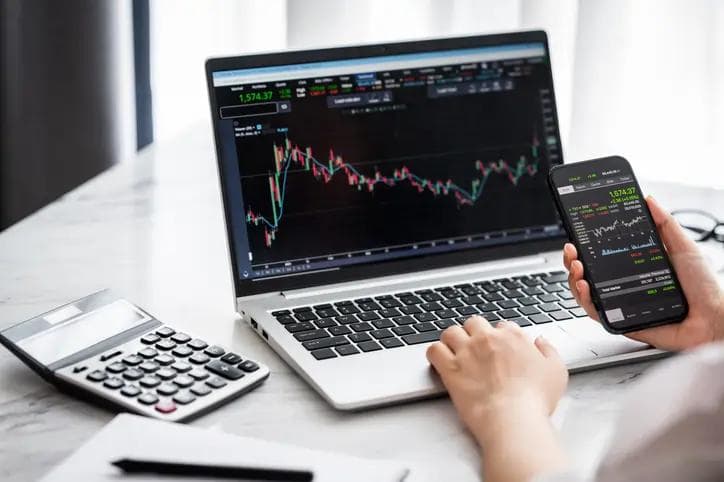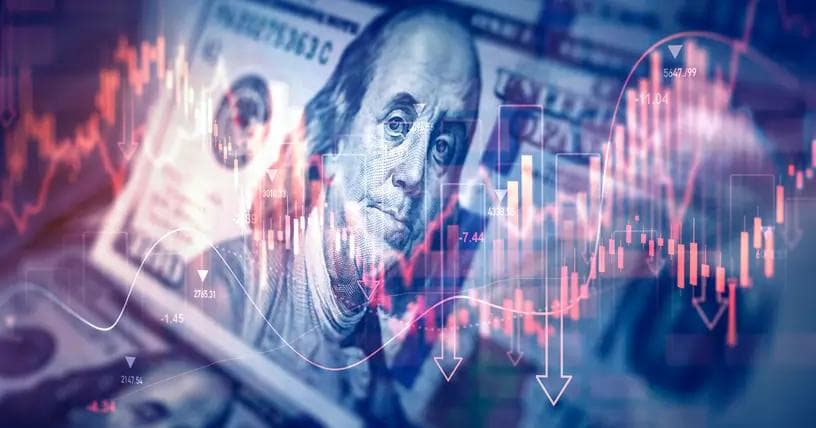This Is Why Cash Is Dying Out
This Is Why Cash Is Dying Out
Published by Jessica Weisman-Pitts
Posted on May 9, 2022
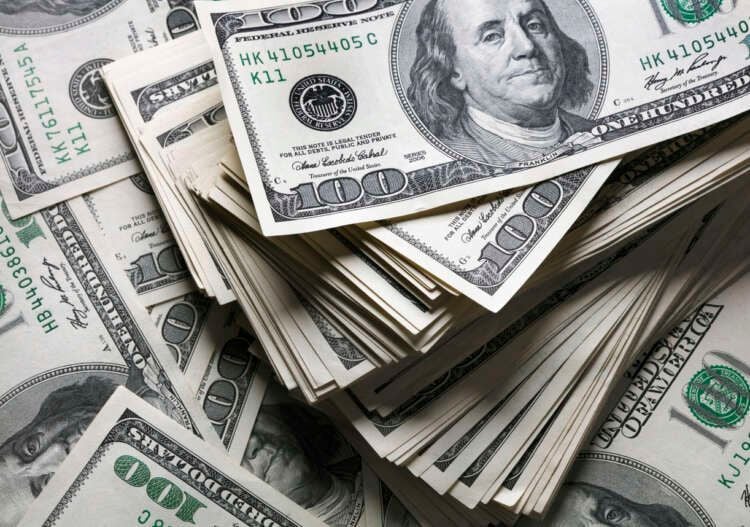
Published by Jessica Weisman-Pitts
Posted on May 9, 2022

By Latifa Alkhanjary, Kinesis Money
Preserving cash at first seems like a project doomed to fail, and one that opposes the progressive, accelerating use of digital currencies, such as crypto. This is leading many to ask if physical cash will survive in the wake of fintech and digitised monetary solutions.
The Beginning of Money
In place of simple bartering systems, the idea of commodity money was born, in which the valuation of money was determined by the commodity it was made from. This evolved into coin money; however, this had an inherent obstacle in its portability which made trading vast amounts of coin impractical.
China was the first known country to begin issuing IOU certificates on paper for trading on a global scale. This category of money is also known as “fiat currency”, which would set the tone for the current banking model.
Banking became mainstream in the 19th century, and more specifically fractional reserve banking – a protocol on which most developed nations operate. This protocol dictated that banks only need to keep a small portion of the money they issued, and the rest could be issued via loans, for example.
However, the major pitfalls of the fiat system have come to light – most recently during the 2007-8 financial crisis, which created shockwaves still felt today. After excessive lending, governments had to borrow billions of taxpayers’ money to bail out the banks, which increased the total supply of fiat money, and led to their overall depreciation in value.
What’s more, this crisis was enabled by the fact that the dollar, at the heart of the crisis, was not tied to any commodity, and hence, held no intrinsic value. Prior to the crash, Nixon saw an end to the gold standard in 1973, which meant that American citizens could no longer trade their dollars for gold bullion.
Today, countries such as America and the UK, are now seeing the devastating effects caused by a reliance on fiat currency, and the cataclysmic issue with the current economic model as a whole. As of the latest inflation data, the CPI index currently rests at 7% in the UK, which is the highest level of inflation that the UK has seen in the last 30 years.
The very fact that money, or cash, can be manipulated and injected into the economy, means that fiat currencies are losing value day by day, especially when they are kept in the bank. Furthermore, the only differentiator between the banknote you hold and any other paper is trust!
Evolution of Money
As a result of the pandemic, many retailers globally shifted their sales online, with one study showing that around US$5 trillion had shifted to online purchases. On top of this, according to a major report in 2019 on access to cash, only about 30% of the UK population used cash.
We’re now seeing significant growth in the blockchain industry and digital wallets. At the end of 2019, there were 40 million wallet users, while that number almost doubled to 80 million in 2021.
Since blockchain payments don’t require centralised authority, as cash does, there now exist many partnerships between blockchain companies and big enterprises like Circle, Visa, and MicroStrategy – not to mention, Bitcoin is now officially legal tender in El Salvador.
It seems the new generation of consumers is already swapping out privacy for convenience, which is creating a greater demand for cashless payment systems that prioritise efficiency. After all, a cashless payment system can be more time-efficient, whereas physical cash is less so and can be lost or stolen.
Future of Money
Today, coins and cash have been partially forgotten, seeing a massive decline in transactions, especially during the pandemic. Most transactions are completed via card and e-banking, and due to that, we can now send money globally in a matter of seconds.
However, the issue with cash, and more widely fiat currency, remains. They are wrapped up in the same overarching problem. Whether in physical form or digitised, cash money is still vulnerable to the economic fallacy of the system. In a monetary sense, it successfully functioned as a medium of exchange but has failed to store value effectively over time, leading investors to seek more efficient stores for wealth.
Many are now turning back to the original commodities that stored wealth, that being gold and silver, as well as a growing number increasingly recognising the value of cryptocurrencies such as Bitcoin. Commodities like gold, when digitised, can be spent as digital currency. What’s more, gold-backed digital currency could now have all the prerequisite qualities vital to being effective, sustainable and secure money.
While the outlook for money is yet unclear, what we can be sure of: the future is not fiat.
Explore more articles in the Trading category
